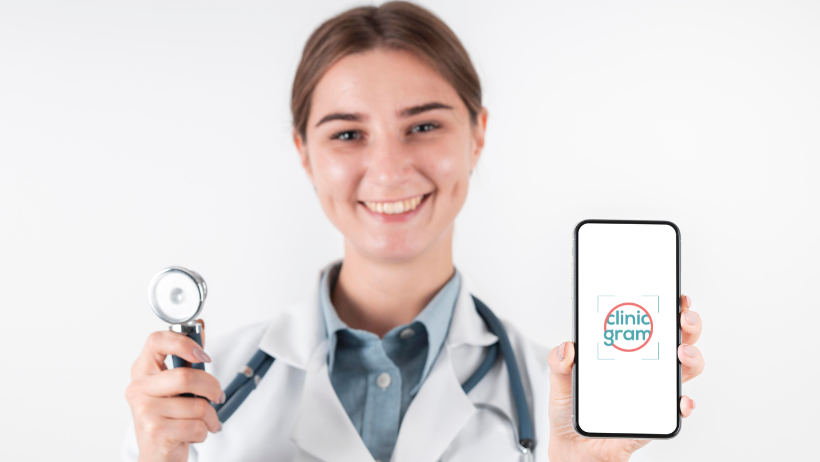
Chronic wounds represent one of the greatest challenges for healthcare systems, not only due to their impact on patient well-being, but also because of the significant costs they generate for the sector. Prevention has therefore become a key pillar in reducing complications, avoiding prolonged hospital stays, and improving clinical outcomes. However, effective prevention requires tools that enable professionals to act early, accurately, and consistently, especially in settings where time and resources are limited.
In this context, artificial intelligence (AI) is marking a turning point in how wounds are assessed and monitored. Thanks to the automated analysis of clinical images, healthcare professionals can make more informed decisions, detect early warning signs, and standardize care processes. We are one of the pioneering companies in this field—at Clinicgram, we have developed AI-based medical software to prevent complications in chronic wounds. Through our app, images can be captured using a mobile phone and analyzed quickly and reliably, supporting healthcare teams in their day-to-day work.

How Does Artificial Intelligence Help in Preventive Wound Treatment?
Artificial intelligence has proven to be a key ally in the preventive treatment of chronic wounds, such as pressure ulcers, vascular wounds, or diabetic lesions. If not detected and treated early, these conditions can lead to serious infections, extended hospital stays, or even amputations. AI enables faster and more accurate analysis, helping professionals identify warning signs from the earliest stages.
By analyzing images, AI algorithms can detect features that may go unnoticed by the human eye or that would typically require a slower and more expensive assessment. For example, they can automatically calculate the size, color, depth, and progression of a wound, as well as detect signs of infection or necrosis. This allows for a much more proactive approach, focused on prevention rather than cure.
Moreover, implementing these systems across various healthcare settings helps reduce diagnostic variability, improves treatment traceability, and builds a visual history that supports clinical decision-making.
Current Applications of AI in Wound Care
AI applications in wound prevention and treatment go beyond simple image analysis. Today, solutions like this software combine state-of-the-art technology to deliver a comprehensive approach. Key applications include:
- Early detection of complications: algorithms detect suspicious changes that may signal infection or delayed healing.
- Automated monitoring: enables continuous wound tracking without manual measurements, increasing staff efficiency.
- Assisted clinical decision-making: AI suggests potential diagnoses and treatments based on clinical databases and historical patterns.
- Interoperability with other systems: the software integrates with electronic health records (EHRs), improving communication between healthcare teams.
- Clinical training and education: platforms help train healthcare staff in settings without specialists, promoting standardized protocols.
These applications are especially valuable in nursing homes, home care, and rural health centers, where access to wound care specialists may be limited.
Key Benefits of Using AI in Wound Prevention
Adopting artificial intelligence in wound care not only improves diagnostic accuracy but also offers a wide range of tangible benefits at multiple levels:
- Improved clinical outcomes: early intervention accelerates healing and reduces complications.
- Reduced healthcare costs: fewer hospitalizations, lower antibiotic use, and more efficient treatments.
- Increased patient safety minimizes human error and offers more consistent diagnostic support.
- Optimized use of healthcare professionals’ time: more time can be spent on direct care and less on manual assessments.
- Standardized processes: reduces variability between professionals, enhancing the quality of care.
- Patient empowerment: in some cases, patients or caregivers can use the app to submit images and receive guidance, encouraging supervised self-care.
In short, AI acts as a technological co-pilot, assisting professionals and transforming how wounds are managed, making preventive treatment more accessible, faster, and more effective.
Are You Already Harnessing the Power of AI?
In today’s increasingly demanding healthcare environment, tools like this innovative solution can make all the difference. If you’re a healthcare professional or part of a medical institution, now is the time to integrate AI into your daily practice. Improve outcomes, reduce risks, and take better care of your patients. Request a free demo and discover how Clinicgram’s technology can transform wound management in your facility!
Please rate this post




